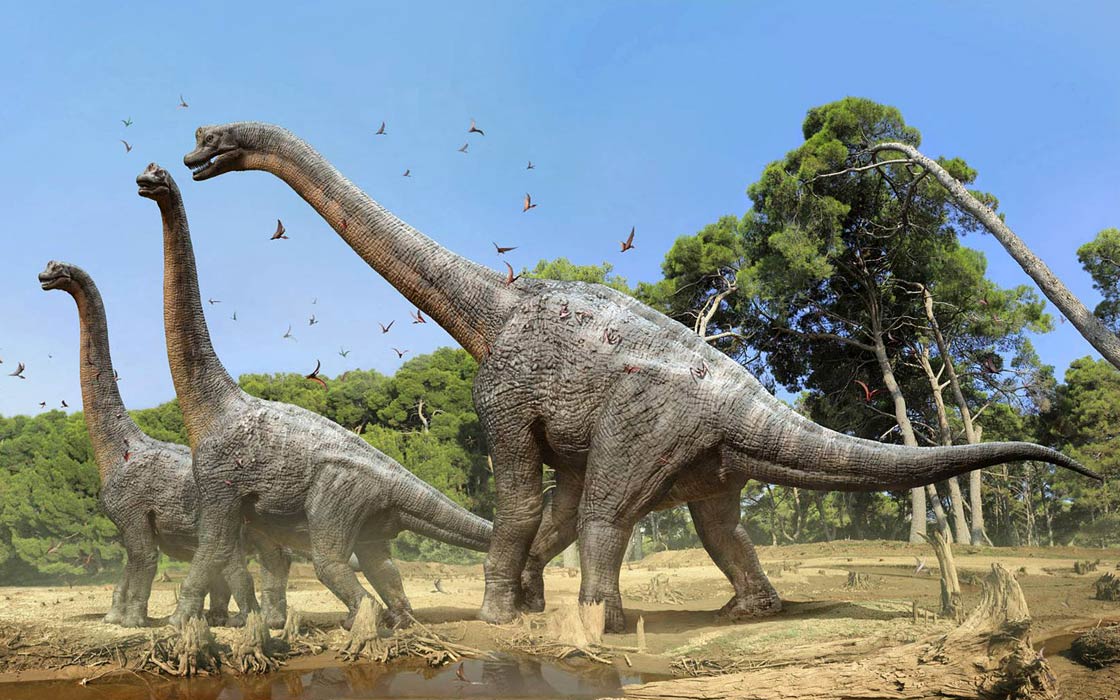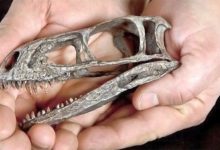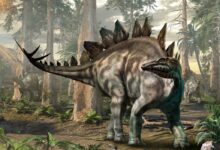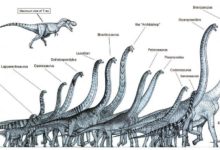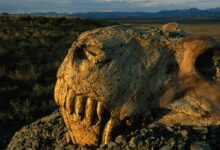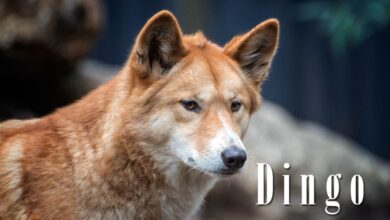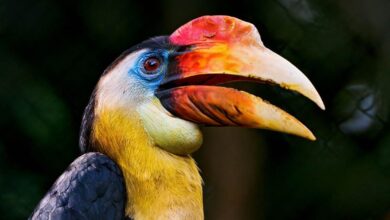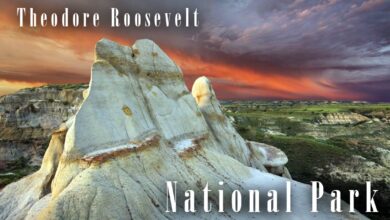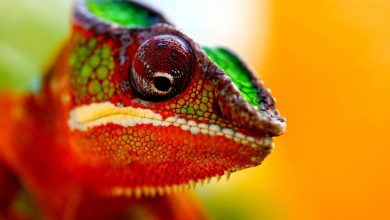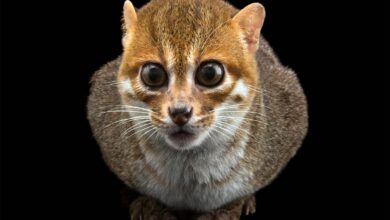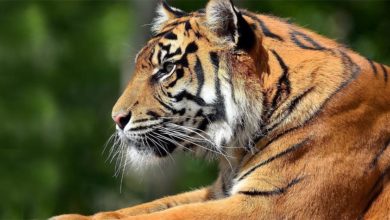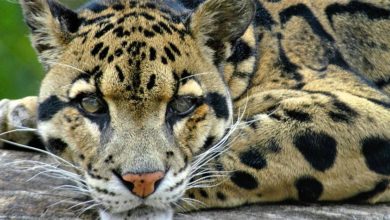Brachiosaurus – huge herbivorous dinosaurs
Brachiosaurus
One of the largest and most famous herbivorous dinosaurs
Brachiosaurus (“arm lizard”) is one of the largest, longest, and perhaps heaviest dinosaurs. Brachiosaurus resembled a giant giraffe. It was estimated that the weight was 10 elephants, but recent counts have brought this figure down to 6-8 elephants. The forelimbs of a Brachiosaurus were clearly longer than the hind limbs, making the shoulders higher than the hips. A high, long neck allowed for head movements to the sides and vertically from the height of the 4-story house to the ground level. The tail was proportionally shorter than that of most sauropods.
Taller than other dinosaurs, the brachiosaurus could reach the crowns of tall trees, stretching their necks up to 13 meters above the ground. Some of them could forage even higher (to a height of more than 18 m), leaning on a strong tail and standing up on their hind legs.
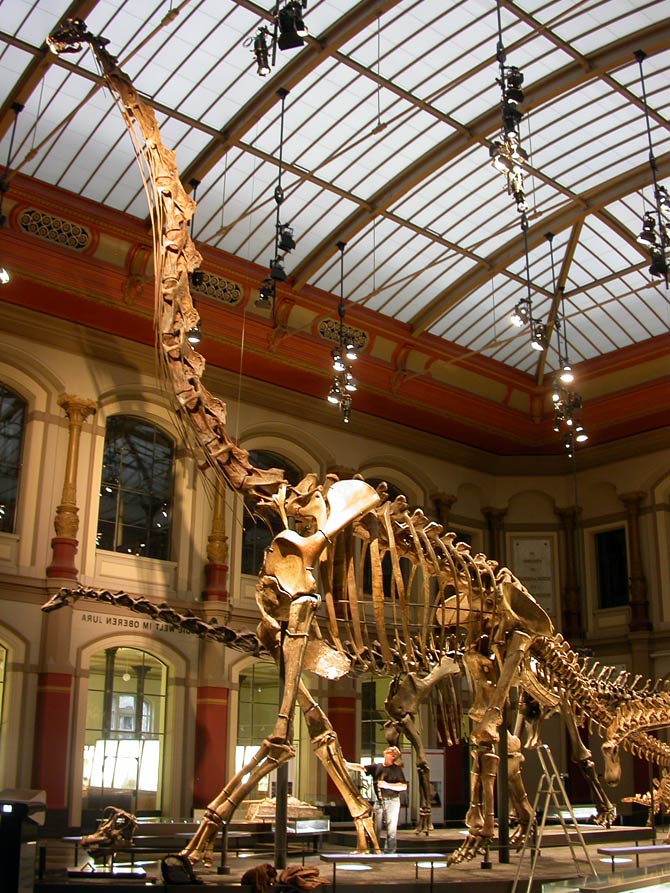
The largest Brachiosaurus skeleton
The world’s largest complete brachiosaurus skeleton is housed in the Museum für Naturkunde in Berlin. The museum is also known as the Humboldt-Museum or the Naturkundemuseum. The height of the skeleton reconstructed there is 13.27 m. This skeleton was found in Tanzania and belongs to the African species Brachiosaurus brancai, and to be exact, to the Giraffatitan brancai. Until recently, it was the largest dinosaur skeleton assembled. Currently, the largest reconstructed dinosaur skeleton is in the Fernbank Museum of Natural History Atlanta and belongs to the Argentinosaurus.
Brachiosaurus in the museum and at the airport
In addition to the Humboldt Museum, a brachiosaurus skeleton could be found at the Chicago Museum of Natural History (USA) – The Field Museum of Natural History, where the skeleton previously housed at the Florida Museum of Natural History (FLMNH) was transferred. . Currently, the skeleton of this brachiosaurus is located at Chicago-O’Hare Airport (USA).
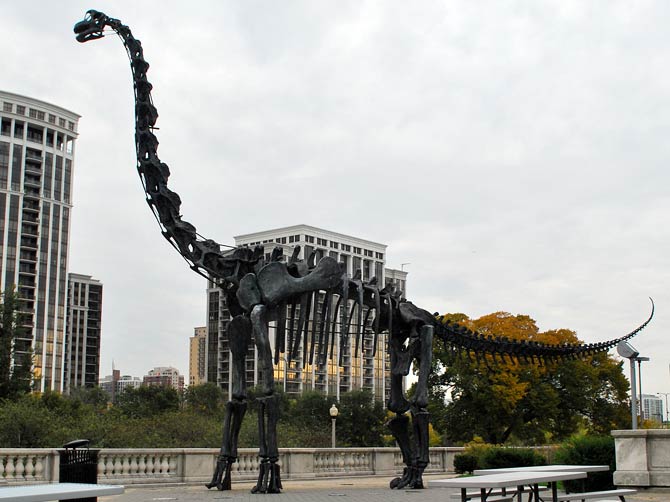
Brachiosaurus – the history of finds
The first brachiosaurus skeleton was found in 1903 in the Grand River Canyon in the USA. The species described on its basis was referred to as Brachiosaurus altithorax. In 1914, the species Brachiosaurus brancai was described based on fossils discovered in the area of today’s Tanzania (East Africa). It is currently uncertain whether it is a separate species or if it belongs to the same genus as the American Brachiosaurus altithorax.
In 1988, paleontologist Gregory S. Paul assumed that the anatomical differences between these species were so great that Brachiosaurus brancai should be classified into a separate subgenus (Giraffatitan) within the genus Brachiosaurus. Four years later (1992) – paleontologist George Olshevsky (1992) raised the subgenus Giraffatitan to the rank of a separate genus of dinosaurs.
Brachiosaurus species:
- Brachiosaurus altithorax (described by Riggs 1903)
- Brachiosaurus brancai (described by Janensch, 1914)
- Brachiosaurus nougaredi (described by Lapparent, 1960)
Brachiosaurus nougaredi is considered a nomen dubium species, that is, uncertain. Like Amficelias fragillimus or Bruhathkayosaurus matleyi)
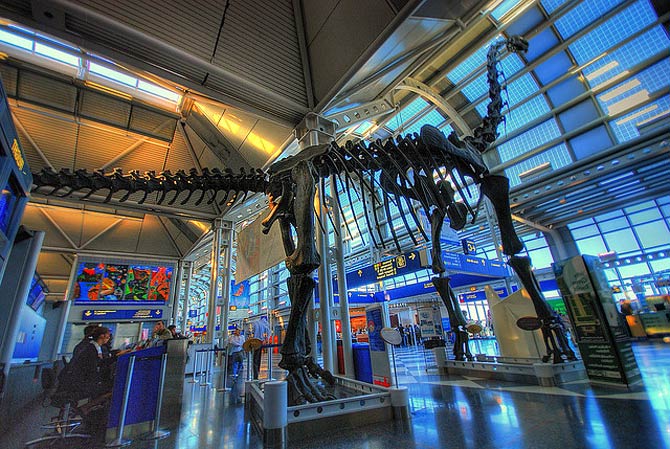
Did Brachiosaurids live in water?
Until recently, some paleontologists believed that brachiosaurus, due to their weight (estimated 30-80 tons), would feel better when wading partially submerged in water, using its buoyancy. It was assumed that brachiosaurus rarely left the aquatic environment.
Currently, however, paleontologists are inclined to the theory that these dinosaurs led a terrestrial lifestyle. This theory is also to provide the basis for the terrestrial existence of such large dinosaurs as Amficelias, Puertasaurus, Argentinosaurus, Alamosaurus and Futalognosaurus.
Digestive system
Herbivorous brachiosaurus devoured huge amounts of food. The long neck allowed them to get food that was unavailable to smaller animals. Brachiosaurus, like other great sauropods, had a complex digestive system and stomach that was able to break down the food they eat.
Sauropods had a very small head in relation to their body size, and their jaws, unlike today’s herbivores (e.g. a cow), were not suitable for chewing and grinding food, but only for nibbling it. The brachiosaurus most likely exchanged its suit of teeth over and over. They grew continuously for them and kept rubbing them like today’s beavers.
Scientists hold the theory that ingesting stones (gastrolytes) may have helped them break down food in the stomach. Gastrolytes rubbing against each other in the stomach crush plant food. Today some birds, crocodiles and seals do so.

Detailed data / dimensions (size)
Brachiosaurus
- Body length: 22-27 m
- Neck length: 7-9.5 m
- Height: 13 m
- Height at the shoulders: 6 m
- Thigh bone: 2 m long, weight 100 kg
- Weight: 30-60 tons
- 56,3 tons – estimates from 2014 for Brachiosaurus altithorax
- 48 tons – estimate from 2020 for Brachiosaurus altithorax
Lived:
- 153-145 million years ago
- Late Jurassic
Food:
- conifers, cycads, ferns
Occurrence:
- East Africa: Algeria, Tanzania
- North America: Colorado, Utah, Wyoming
Classification
- Kingdom: Animalia
- Phylum: Chordata
- Clade: Dinosauria
- Clade: Saurischia
- Suborder: †Sauropodomorpha
- Clade: †Sauropoda
- Family: †Brachiosauridae
- Genus: †Brachiosaurus
- Species: †B. altithorax
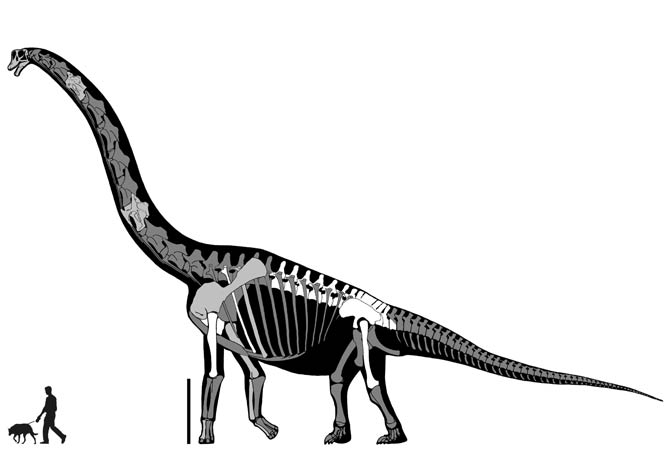
Recommended
- The longest dinosaurs. Sauropods Top 10
- The heaviest dinosaurs – Top 10
- The longest predatory dinosaurs. Theropods Top 10
- The heaviest predatory dinosaurs Top 10
- The longest Ornithischians (Ornithischia) TOP 10
- The heaviest Ornithischians Top 10
- The largest raptors (dromaeosaurs) Top 10
- The heaviest Dromaeosaurids / dromaeosaurs – Top 10
- The longest Ankylosaurus Top 10
- The heaviest Ankylosaurus Top 10
- The longest ceratopsians
- The heaviest cerapsians
- The longest and largest ornithopods
- The heaviest ornithopods Top 10
- The longest Stegosaurians (Stegosauria) TOP 10
- The heaviest Stegosaurians (Stegosauria) Top 10
- The smallest sauropods Top 10
- The smallest dinosaurs Top 10
- The largest pterosaurs Top 10
- Dinosaurs
- Dinosaurs database
- Predatory dinosaurs
- Animals & dinosaurs records
- The fastest animals – Top 100
- The fastest birds – Top 10

